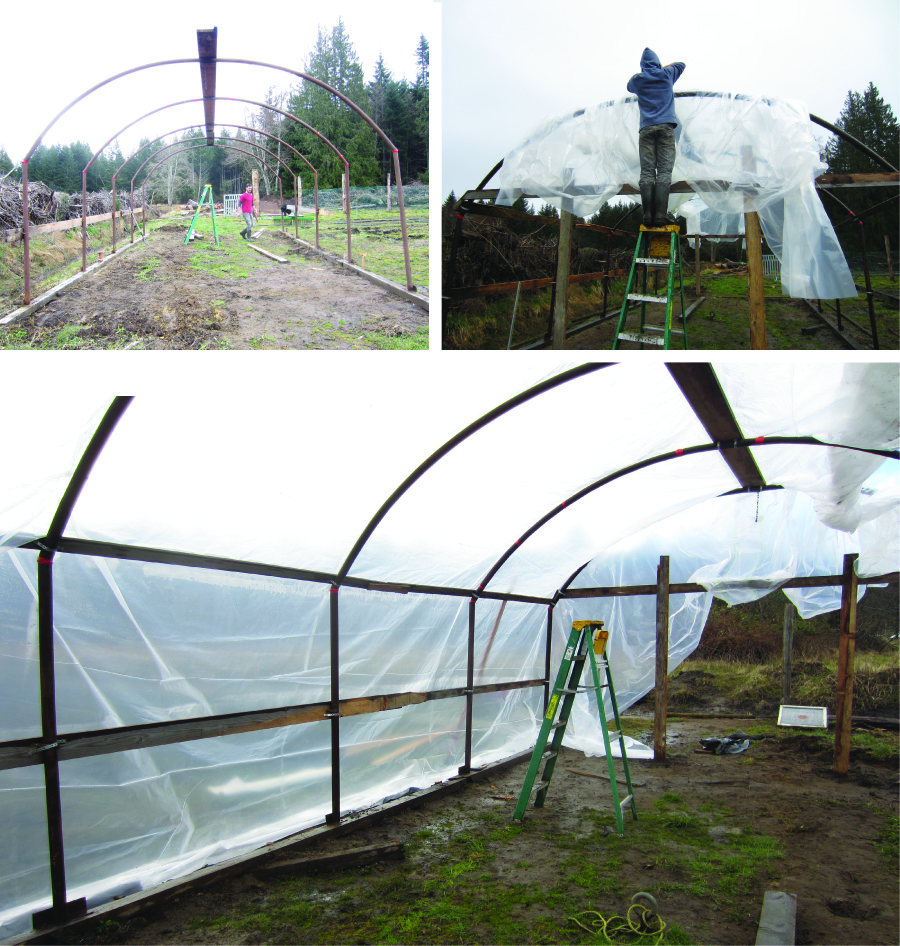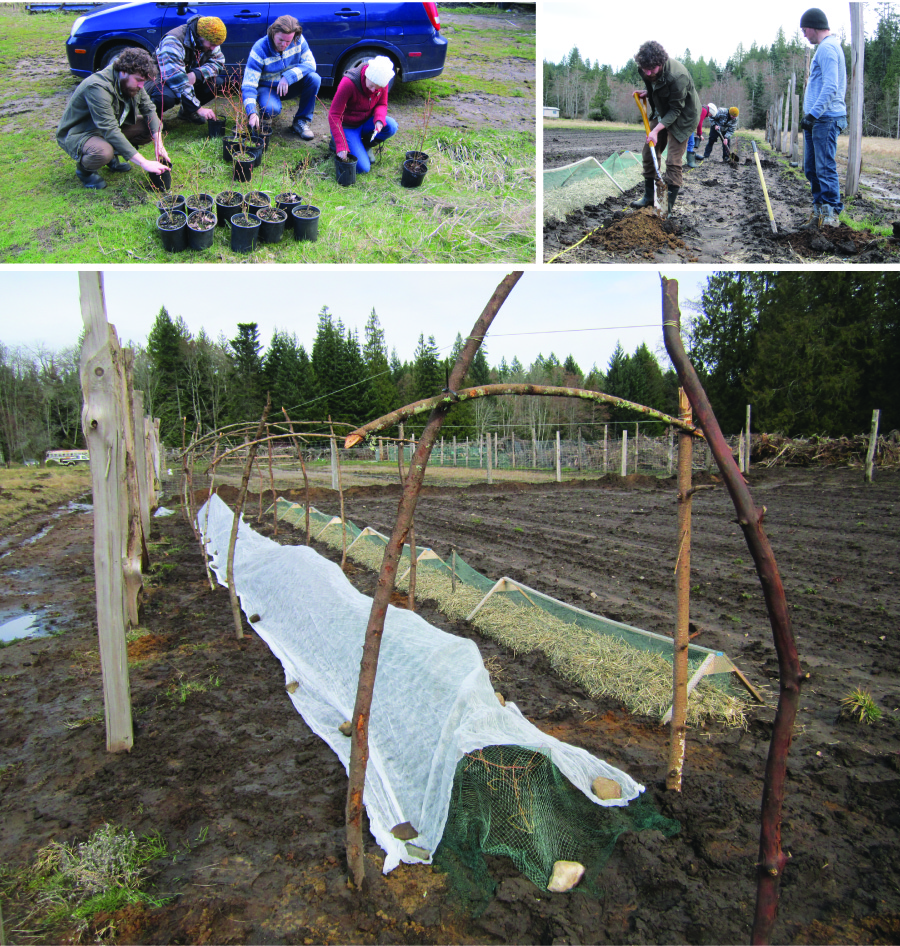And the planting begins!
It has been a busy week and a half as the sun has shone, the field has been tilled and I have spent many hours preparing and planting beds. It has felt amazing finally being able to plant my veg babies that I have been nursing along all this time. I was fortunate to have help from Steve, Maya and our friend Catherine. It has been great to connect with the land, get a suntan/burn, watch the eagles over head and even feel that massive exhaustion after a good days work. And goodness, I had forgotten how wonderful it is to be in the field in the early evening.
As I am going to Ontario this week for a dear friend's wedding I gave myself a deadline to get as many things planted as I could before going. And now the weather has turned a little cool and wet just in time for my departure. I am nervous to leave my field for just less than a week, but it is in good hands with Maya holding down the fort.
This past weekend we had the very first farmers market here on Gabriola. I was pretty nervous, even though I attended many markets with the Tiny Farm in both Lindsay and Peterborough Ontario. Out here on the coast things are a little bit more chilled out. We started our market at 10am (instead of 7am like Ontario) and ended at 1pm. The turnout was fantastic, my plant starts were a hit and I know I already have a following of people eager to support me in what I am doing. It is so nice to know I already have regular customers. As I have experienced at the Ontario markets, you create quite a bond with your regular market customers. Maya and our friend (and CSA member) Sharon will be running the stand this coming weekend, with more vegetable starts for sale.

 Lynn
Lynn
